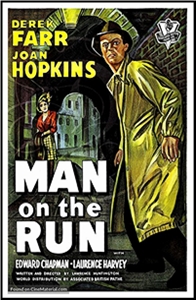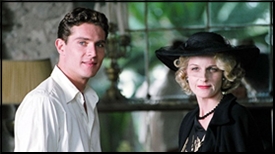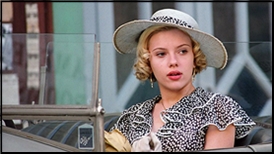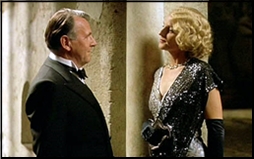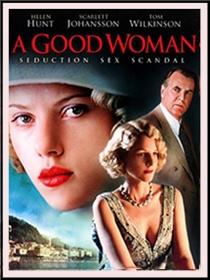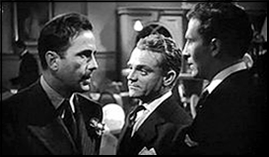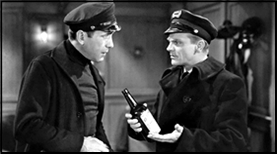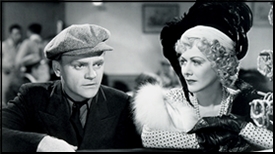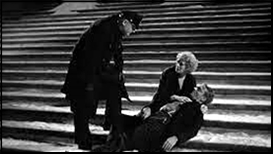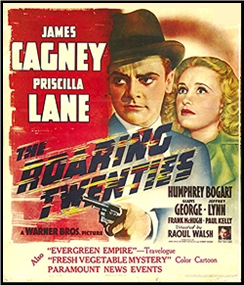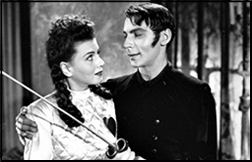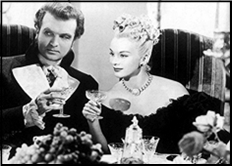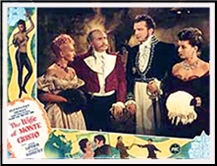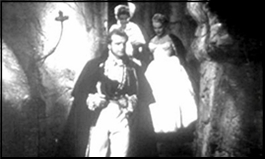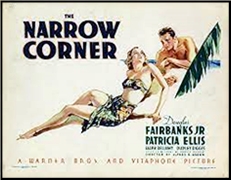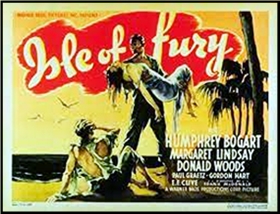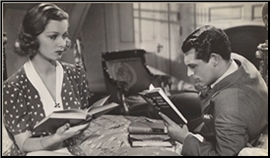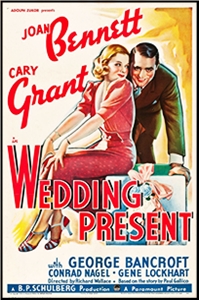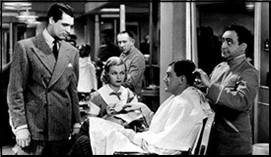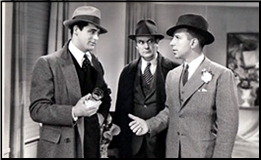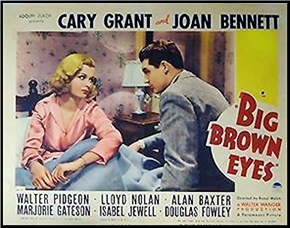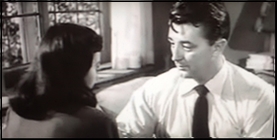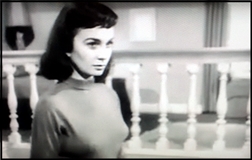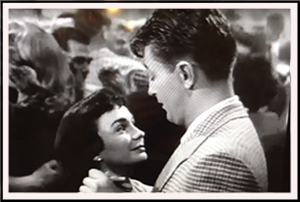Tue 7 Dec 2021
A Movie Review by David Friend: MAN ON THE RUN (1949).
Posted by Steve under Films: Drama/Romance , Reviews[10] Comments
MAN ON THE RUN. Associated British-Pathé, UK, 1949. Stratford Pictures, US, 1951. Derek Farr, Joan Hopkins, Edward Chapman, Laurence Harvey, Howard Marion-Crawford, Kenneth More. Written & directed by Lawrence Huntington.
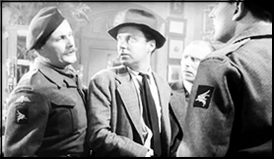
Peter Burden (Derek Farr) is an army deserter, one of twenty thousand British men who live in fear of imprisonment even after the war has ended. After having served four years, the authorities denied his request for compassionate leave in order to attend his mother’s deathbed and he absconded in disgust.
He is now working as a landlord of a country pub and is pulling pints when an old army acquaintance (Kenneth More) walks in and recognizes him. Corporal Newman is newly demobbed and, having found only low-paid work in the area, opportunistically blackmails Burden.
Terrified, Burden flees again, this time returning to London, where a lack of funds and the late rent on a ragged bedsit force him to try and pawn his old service revolver. At the jeweller’s, however, two armed robbers arrive and promptly kill a copper, with Burdon believed to be part of the gang.
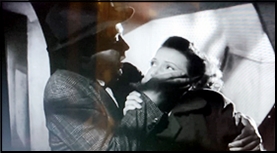
His attempts to elude the police become more perilous than ever and a desperate escape sees him bounding breathlessly into the house of young widow Jean Adams (Joan Hopkins). Jean takes pity on the ex-soldier and agrees to help. The pair become determined to find the robbers, knowing only that one of them (Edward Underdown) is missing two fingers on his left hand.
All the while, they must avoid the grimly persistent Chief Inspector Mitchell (Edward Chapman) and Detective Sergeant Lawson (a young Laurence Harvey), who prove to be quite able pursuers…
Lawrence Huntington directed, produced and wrote this foray into near-noir which was presumably inspired by the many deserters still at large long after V.E. Day. His script carefully positions Burdon as a sympathetic figure (the name is well-chosen). The sad circumstances surrounding his desertion and the fact he had spent most of the war in combat is repeated at least once.
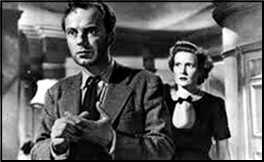
To steer clear from presenting him as a coward or a chancer was undoubtedly important as everyone in the audience would have known soldiers or might even have been one themselves. Huntington also has his protagonist plea for a more constructive solution to the problem, particularly when so many such people inevitably turn to crime to survive.
This situation, often forgotten today, makes Man on the Run interesting and slightly more nuanced than other chase thrillers, though it so solidly sides with Burdon that a more minute exploration of similar issues facing other such soldiers – for example, post-traumatic stress or the frustrating futility of war itself – is avoided altogether. There’s a sense that each man would have his own story, though nobody describes what those might be.
Derek Farr is excellent as Burdon: pained, thoughtful, and reluctant to enlist anyone else’s help. It’s a shame he didn’t have more of a career as he could easily have become a Kenneth More. More himself pops up early on, well before his middle-class every-man persona, like an English James Stewart in tweeds and a pipe, would lead him to become one of Britain’s biggest film stars.
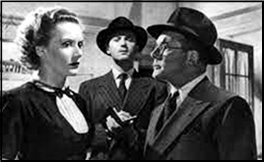
The police investigation, meanwhile, is headed by the sort of dogged, pipe-smoking detective familiar to pictures of this period, with Chapman’s chief inspector wry and astute enough to elicit tension. It’s this quietly humming, will-they-catch-him? element which carries the film, particularly in the excellent first half, though a thrilling set-piece of the sort included in The 39 Steps (which also had a bad guy deprived of a digit) or North By Northwest is unfortunately even more elusive than Burdon himself.
Particularly interesting for its glimpses of post-war life (from genuine London locations to a reference to radio’s proto-James Bond Dick Barton), plus some gently amusing moments, Man on the Run makes for an entertaining and compelling thriller which is much recommended.
Rating: ***1/2
